Venerable Thubten Chodron
Venerable Chodron emphasizes the practical application of Buddha’s teachings in our daily lives and is especially skilled at explaining them in ways easily understood and practiced by Westerners. She is well known for her warm, humorous, and lucid teachings. She was ordained as a Buddhist nun in 1977 by Kyabje Ling Rinpoche in Dharamsala, India, and in 1986 she received bhikshuni (full) ordination in Taiwan. Read her full bio.
View Posts
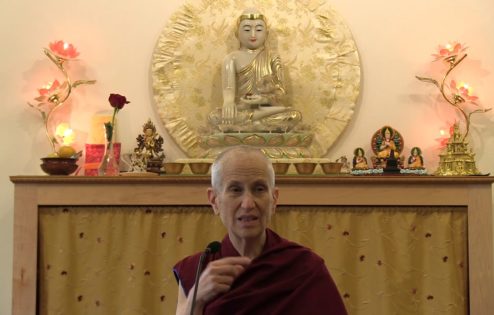
Confronting and averting afflictions
How we should be fearful of our afflictions and polluted karma, not other people.
View Post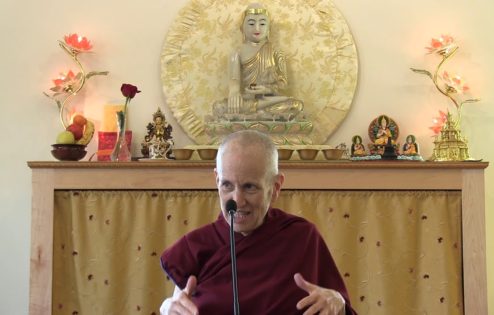
Attachment endangers us
How when afflictions arise, we often don’t discern them as harmful.
View Post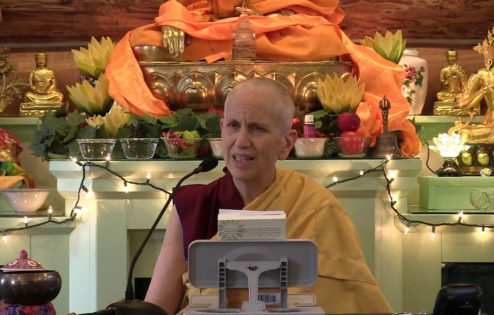
Becoming friends with ourselves
Becoming our own friend means treating ourselves with kindness, respect and compassion; celebrating our successes…
View Post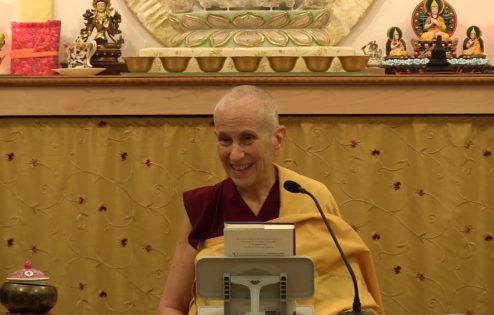
Virtuous and variable mental factors & the affli...
Finishing teaching the virtuous mental factors, and then covering the root afflictions, auxiliary afflictions, and…
View Post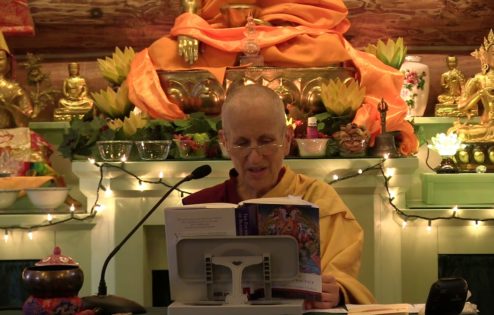
Object ascertaining and virtuous mental factors
The 51 mental factors, covering the five object-ascertaining and 11 virtuous mental factors.
View Post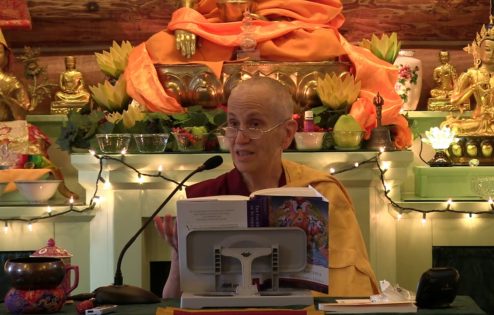
The body and mind
The various aspects that compose the body and mind: the twelve sources and eighteen constituents,…
View Post
Classification of phenomena
A discussion about meditation and syllogisms, and begins Chapter 3 outlining the Buddhist classification of…
View Post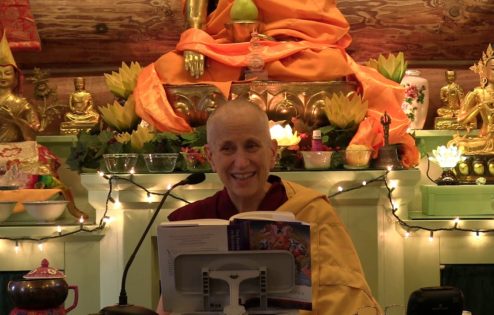
Reliable cognizers and meditation
The relationship between our thinking patterns and types of cognizers, and how inferential reliable cognizers…
View Post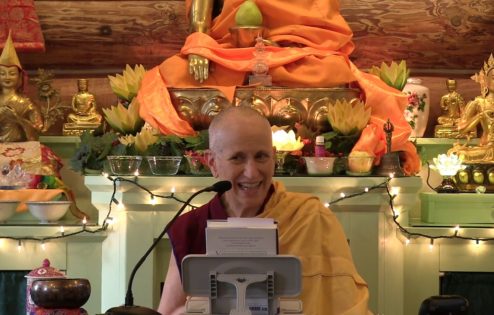
Correct reasons and reliable cognizers
Three kinds of doubt, the Prasangika view of reliable cognizers, and how to know when…
View Post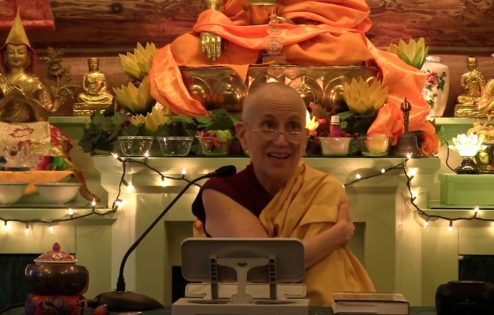
The threefold analysis
Reliable cognizers based on authoritative testimony, and how to undertake the threefold analysis to determine…
View Post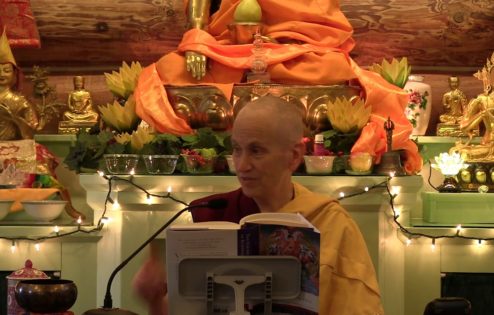
Reliable cognizers based on example and authoritativ...
The relationship between wrong consciousnesses and our emotional life, and reliable cognizers based on example…
View Post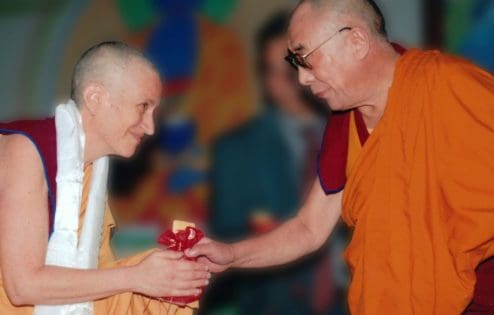
Reliable cognizers and syllogisms
The types of awarenesses, direct and inferential reliable cognizers, and how to understand syllogisms.
View Post